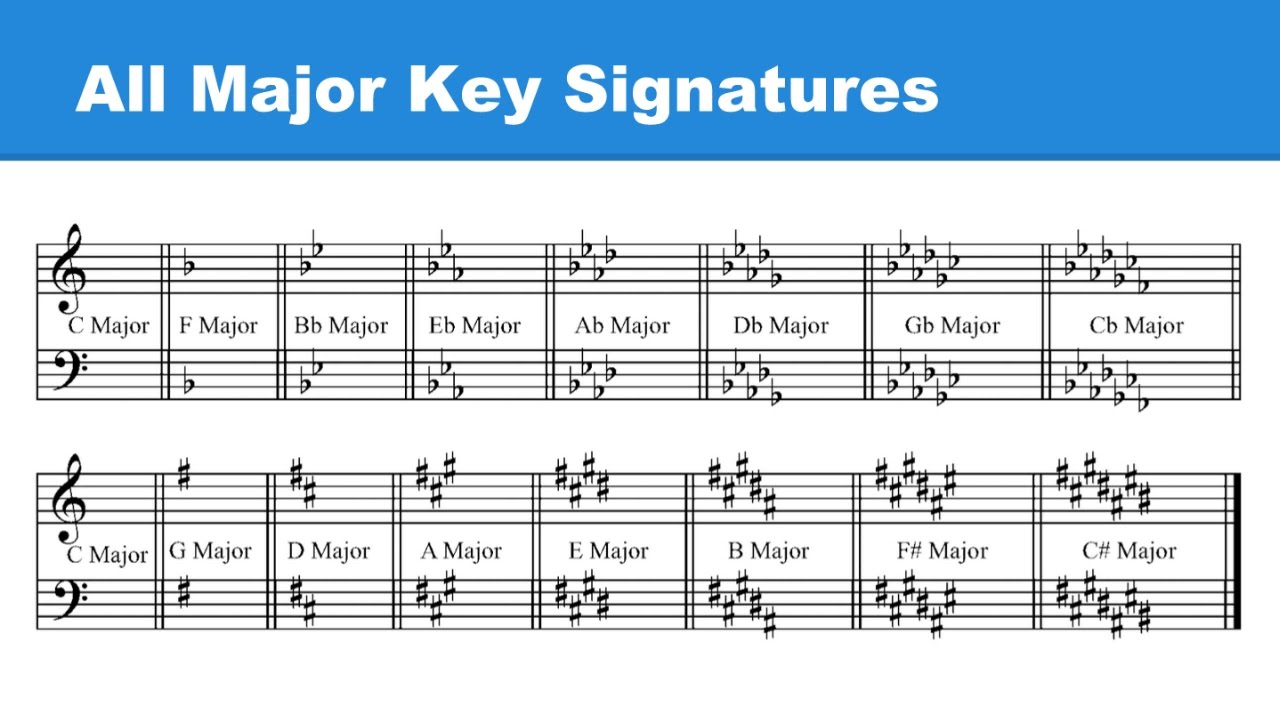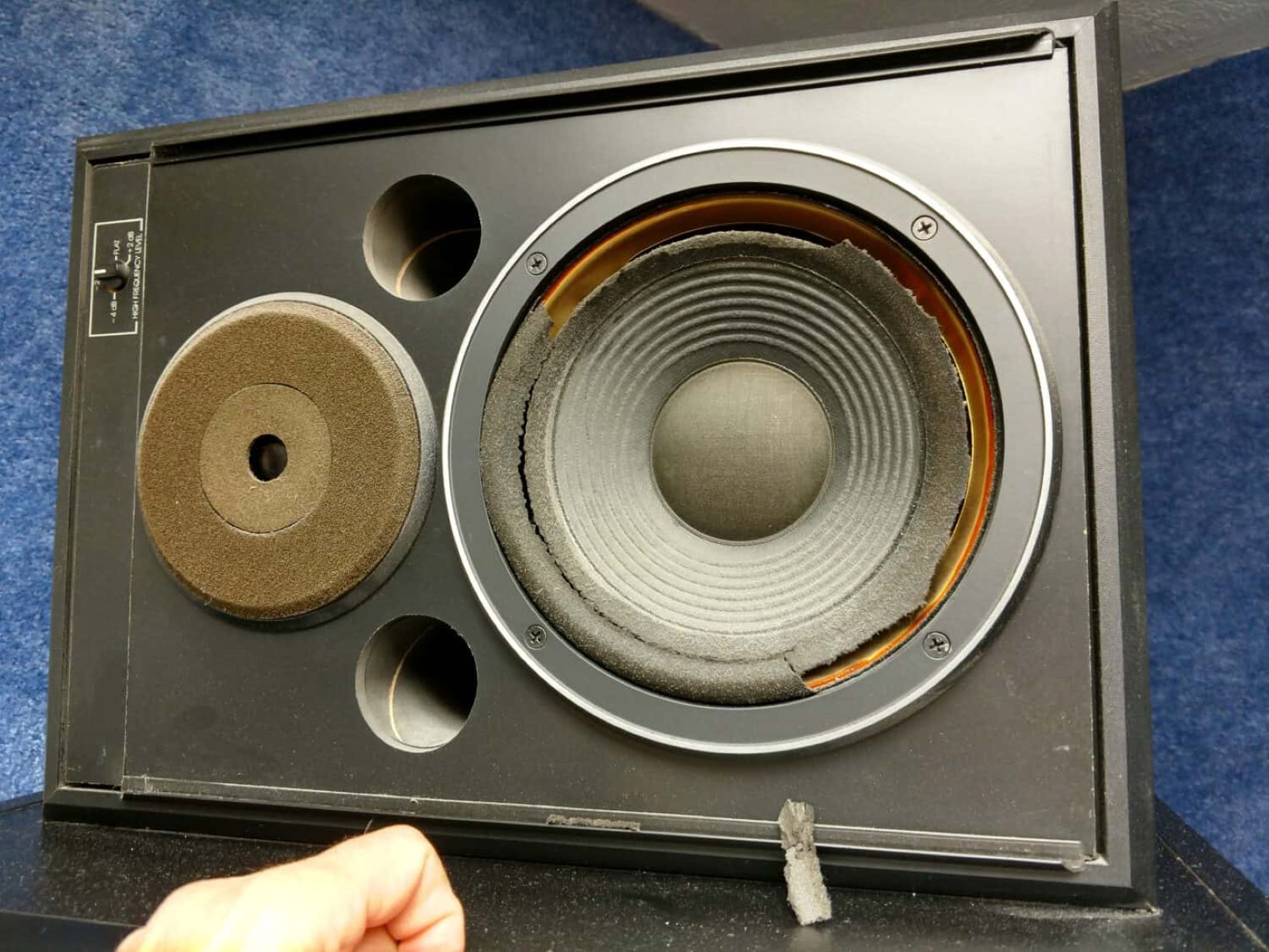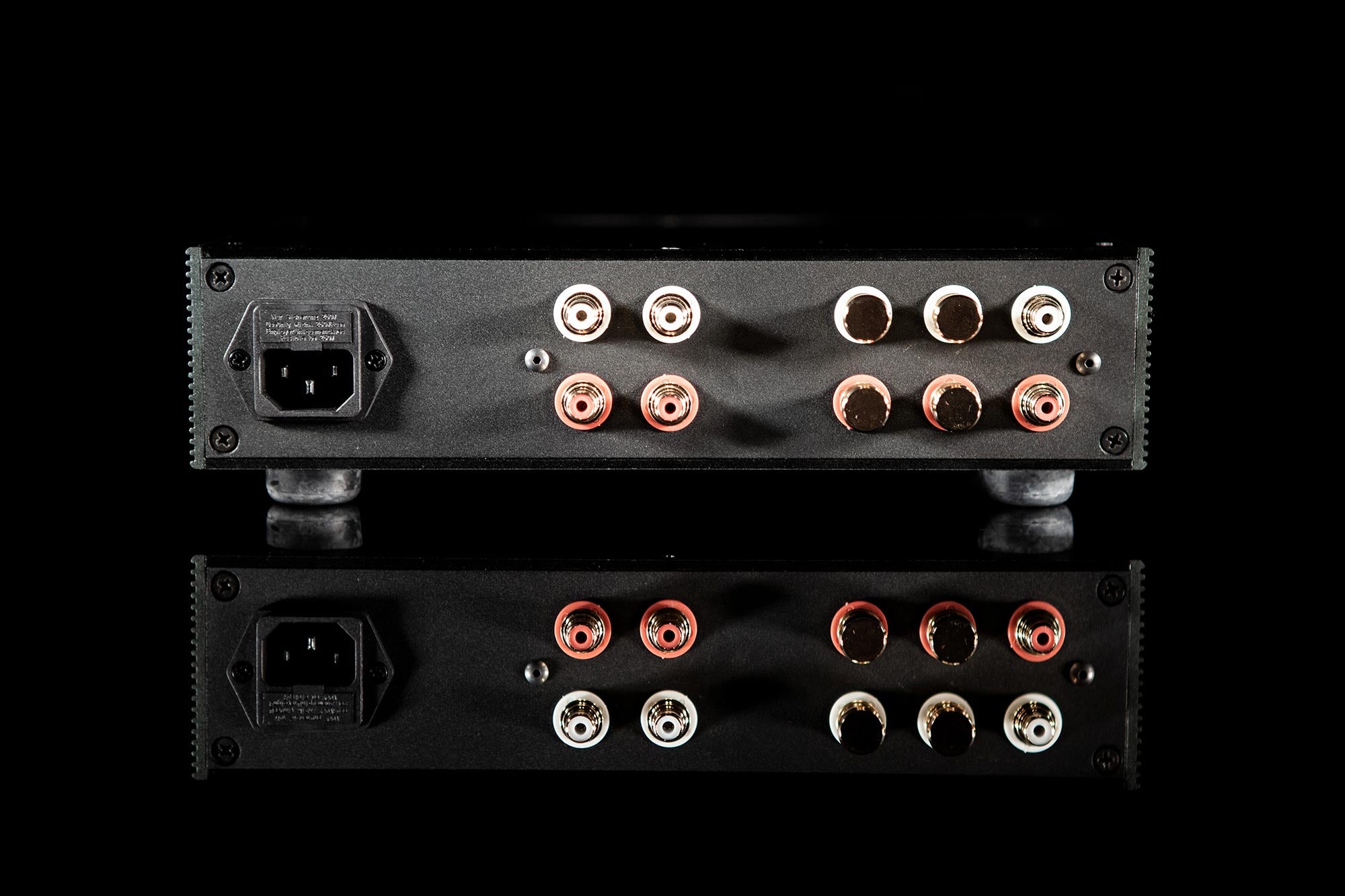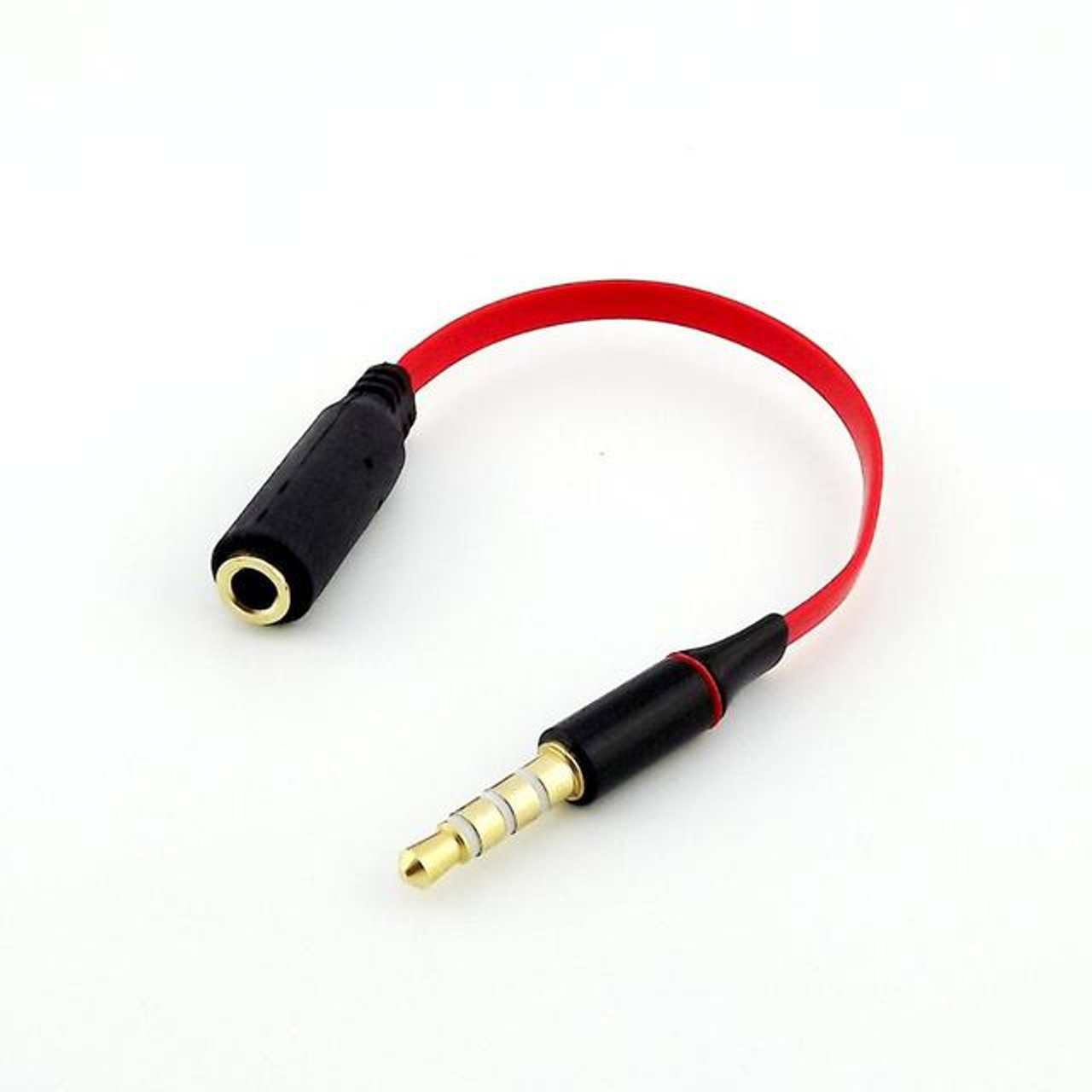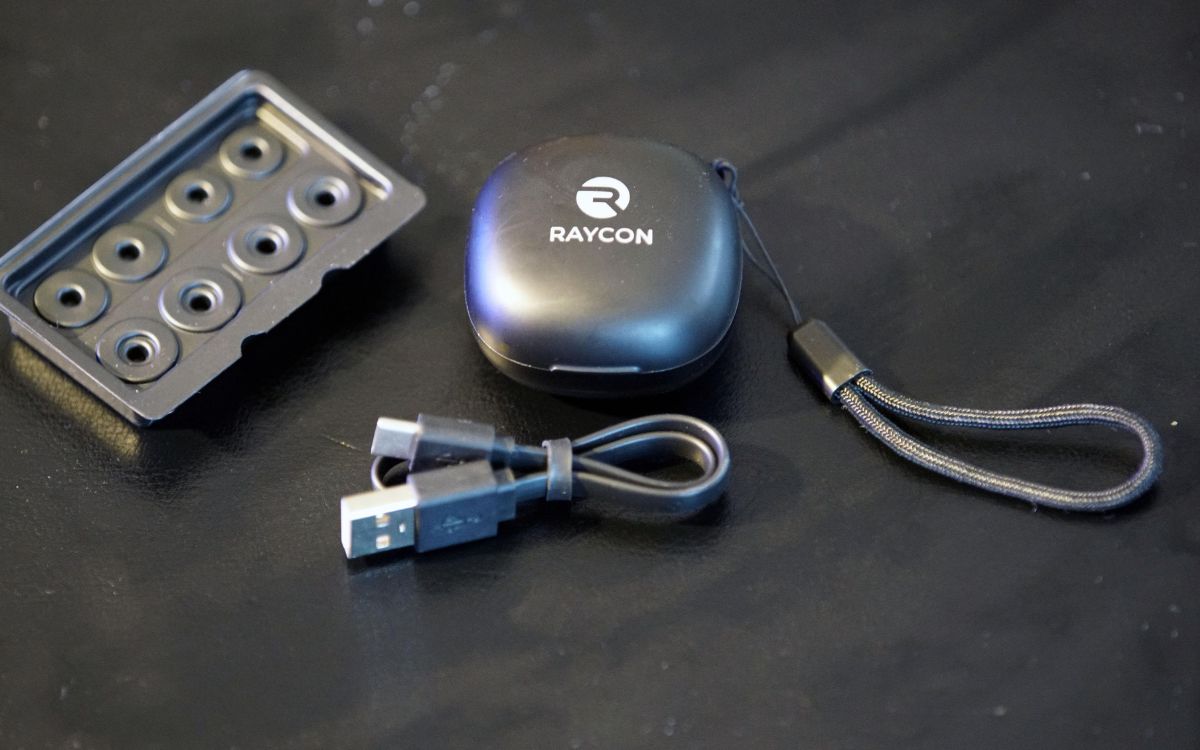Home>Devices & Equipment>Turntable>How To Tell If Turntable Has Preamp
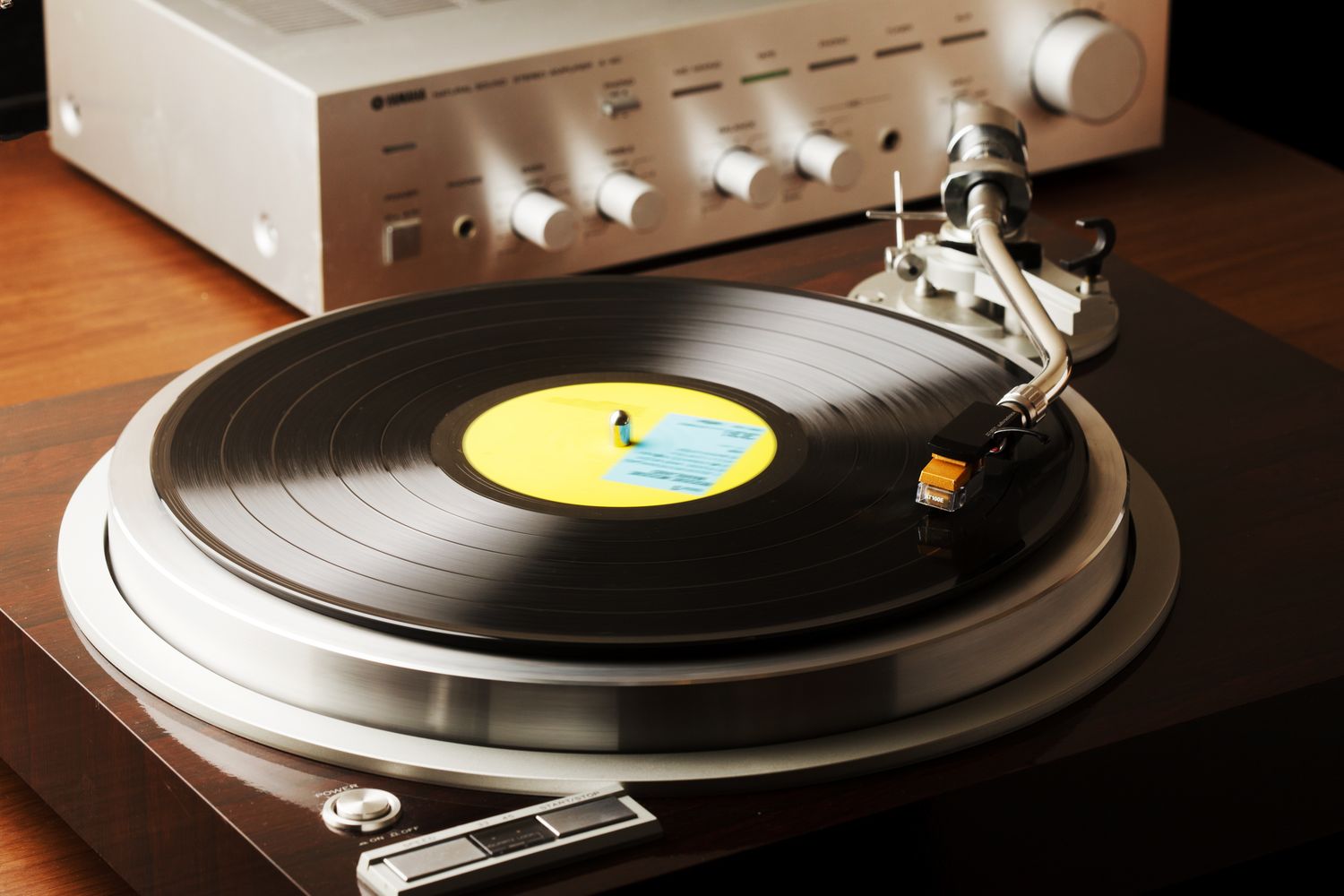

Turntable
How To Tell If Turntable Has Preamp
Published: January 18, 2024
Discover how to determine if your turntable has a preamp. Uncover the key signs and indicators to ensure optimal sound quality and compatibility.
(Many of the links in this article redirect to a specific reviewed product. Your purchase of these products through affiliate links helps to generate commission for AudioLover.com, at no extra cost. Learn more)
Table of Contents
- Introduction
- What is a preamp?
- Why do turntables need a preamp?
- How to determine if your turntable has a preamp
- Method 1: Check the user manual or specifications
- Method 2: Look for built-in phono outputs
- Method 3: Inspect the back panel for a preamp switch or button
- Method 4: Examine the turntable’s audio cables
- Conclusion
Introduction
Turntables have regained popularity in recent years as more and more people rediscover the joy of listening to vinyl records. But if you’re new to the world of turntables, you may encounter unfamiliar terms and features, such as a preamp. Understanding whether your turntable has a preamp is crucial for optimizing its sound output and connecting it to your audio system.
A preamp, short for preamplifier, is an essential component in the audio chain that amplifies the weak signal produced by a turntable’s cartridge. This signal needs to be boosted to a level that can be properly processed by your audio equipment, such as receivers, amplifiers, or powered speakers. However, not all turntables come equipped with a built-in preamp, and this can cause confusion for new enthusiasts.
If you’re unsure whether your turntable has a preamp, fear not! We’re here to help you determine if your turntable requires an external preamp or if it already has one built-in. In this article, we’ll explore various methods for identifying the presence of a preamp in your turntable, giving you the confidence to make the right connections and get the best sound quality out of your vinyl collection.
What is a preamp?
A preamp, short for preamplifier, is a device that amplifies the weak electrical signal produced by a turntable’s cartridge. The signal that is generated by the interaction between the stylus and the grooves of the vinyl record is very low in voltage and needs to be amplified to a level that can be properly processed by other audio equipment.
Preamps play a crucial role in the audio chain, as they not only boost the signal but also provide necessary equalization (EQ) to compensate for the unique characteristics of vinyl records. Vinyl records are encoded with a specific EQ curve during the mastering process to optimize their sound quality. A preamp ensures that this EQ curve is applied correctly, resulting in the faithful reproduction of the audio as intended by the artist and audio engineer.
Furthermore, preamps act as a buffer between the turntable and the audio system, isolating them electromagnetically and preventing any unwanted interference or noise from affecting the audio signal. This helps to maintain the purity and clarity of the sound as it travels through the various components of your audio setup.
It’s important to note that not all turntables come equipped with a built-in preamp. Some higher-end models and specialized DJ turntables may not include a preamp, while others may offer the option to disable or bypass the built-in preamp for those who prefer to use an external one. In these cases, a separate preamp is necessary to ensure that the turntable’s signal is amplified correctly before being sent to the audio system.
Now that we understand the fundamental purpose of a preamp, let’s delve into how you can determine if your turntable has a preamp or if you need to connect an external one for optimal audio performance.
Why do turntables need a preamp?
Turntables need a preamp because the signal they generate is very weak and requires amplification to be properly processed by other audio equipment. The cartridge, which contains the stylus and the coil, converts the physical vibrations of the stylus running through the grooves of the vinyl record into an electrical signal. However, this signal is typically too quiet and lacks the necessary voltage to drive speakers or other audio devices.
A preamp is designed to boost this weak signal to a suitable level that can be utilized by your audio system. It amplifies the low-level voltage output of the cartridge to a line-level signal, which is typically around 1-2 volts. This line-level signal is the standard output level for audio sources, allowing it to be connected to other audio equipment seamlessly.
Without a preamp, the weak signal from the turntable would result in low volume and poor sound quality. Connecting a turntable directly to an amplifier or powered speakers without a preamp can lead to significant audio deficiencies, such as distortion, poor dynamics, and imbalances in frequency response.
Additionally, preamps offer another crucial function: equalization. Vinyl records are mastered with a specific equalization curve, known as the RIAA curve, during the mastering process. This curve compensates for the inherent limitations of vinyl records, such as the reduction of bass frequencies and the boost of high frequencies in order to fit more music onto the record and reduce groove spacing. The preamp applies this equalization curve, restoring the audio to its original intended balance and ensuring that the sound is faithful to the recording.
Furthermore, a preamp also acts as a buffer, isolating the turntable from other components in the audio chain to prevent interference or noise from affecting the weak signal. By providing this electrical isolation, the preamp helps maintain the integrity and clarity of the audio signal as it travels through the various stages of your audio system.
Overall, a preamp is essential for optimizing the sound quality of your turntable and ensuring compatibility with other audio equipment. Whether it’s a built-in preamp or an external one, it is a crucial component that allows you to fully enjoy the rich and warm sound of vinyl records.
How to determine if your turntable has a preamp
Determining whether your turntable has a preamp is important for optimizing its sound output and connecting it to your audio system correctly. There are several methods you can use to determine if your turntable has a preamp, ranging from checking the user manual to inspecting the audio cables. Let’s explore these methods in detail:
Method 1: Check the user manual or specifications
The first and easiest method is to refer to the user manual or specifications of your turntable. The user manual should provide information about whether the turntable has a built-in preamp or requires an external one. Look for terms like “built-in phono preamp” or “phono stage” in the documentation, as these indicate the presence of a preamp.
Method 2: Look for built-in phono outputs
If your turntable has RCA outputs labeled as “Phono” instead of “Line,” it is a strong indication that it has a built-in preamp. The Phono outputs are specifically designed for direct connection to an amplifier or receiver without the need for an external preamp. Connect these Phono outputs directly to the line-level inputs on your audio system.
Method 3: Inspect the back panel for a preamp switch or button
Some turntables have a switch or button on the back panel that allows you to enable or disable the built-in preamp. This gives you flexibility in choosing whether to use the internal preamp or an external one. Look for labels like “Preamp,” “Phono/Line,” or “Phono EQ” on the back of your turntable. If you find a switch or button with these labels, it means your turntable has a preamp.
Method 4: Examine the turntable’s audio cables
Inspecting the audio cables of your turntable can also provide clues about the presence of a preamp. If your turntable has a separate ground wire, it usually indicates that the turntable requires an external preamp. On the other hand, if your turntable has a single RCA cable or a USB connection, it likely has a built-in preamp.
By utilizing these methods, you can determine whether your turntable has a preamp and choose the appropriate setup for your audio system. Whether it’s a built-in preamp or an external one, understanding the presence of a preamp is crucial for achieving the best sound quality from your turntable.
Method 1: Check the user manual or specifications
One of the simplest methods to determine if your turntable has a preamp is by referring to the user manual or specifications provided by the manufacturer. The user manual is a valuable resource that contains detailed information about the turntable’s features, functions, and specifications.
Begin by locating the user manual that came with your turntable. If you can’t find a physical copy, check the manufacturer’s website as many manuals are available for download in PDF format. Once you have the manual, look for sections or subsections related to the turntable’s audio output or connectivity options.
In the user manual, you may find explicit information about whether the turntable has a built-in preamp or requires an external one. Look for keywords like “built-in phono preamp,” “preamp,” “phono stage,” or “phono EQ.” These terms indicate that the turntable has a preamp integrated into its design.
Additionally, the specifications section of the manual may provide specific details about the turntable’s audio features, including the presence or absence of a preamp. Look for technical information related to the turntable’s output voltage levels, signal-to-noise ratio, or impedance. If the specifications mention a built-in preamp, it confirms that your turntable has one.
If you don’t have access to the user manual, try searching for your turntable model on the manufacturer’s website or on online audio forums. Many manufacturers provide product information sheets or FAQs that contain details about the turntable’s features and whether it includes a preamp.
By checking the user manual or specifications, you can quickly determine if your turntable has a preamp and gain valuable insights into its audio capabilities. This method provides a reliable and authoritative source of information, straight from the manufacturer, ensuring that you have accurate details about your turntable’s setup requirements.
Method 2: Look for built-in phono outputs
If you’re unsure whether your turntable has a preamp, one method to determine its presence is to look for built-in phono outputs on the turntable itself. Phono outputs are specifically designed to connect to amplifiers, receivers, or powered speakers without the need for an external preamp.
To begin, inspect the back or underside of your turntable where the audio outputs are located. Look for RCA output jacks labeled as “Phono” instead of “Line.” The term “Phono” indicates that the turntable has a built-in preamp.
The Phono outputs on the turntable are calibrated to output a line-level signal, which is the standard level for audio equipment. This means that you can connect the turntable directly to the line-level inputs on your amplifier or receiver, bypassing the need for an external preamp.
It’s important to note that turntables with built-in preamps may also have additional line-level outputs labeled as “Line” or “Aux.” These outputs are intended for use when connecting the turntable to audio systems that already have a preamp or when using an external preamp for further customization.
Additionally, some turntables with built-in preamps may have switchable output options. In this case, you may see a switch or button near the outputs labeled as “Phono/Line” or “Phono EQ.” This allows you to toggle between using the built-in preamp or bypassing it and using an external preamp if desired.
If you find RCA outputs labeled as “Phono” on your turntable, it’s a clear indication that it has a built-in preamp. You can confidently connect these Phono outputs directly to the line-in or AUX inputs on your amplifier, receiver, or powered speakers without the need for an external preamp.
By identifying the presence of built-in phono outputs, you can determine if your turntable has a preamp and simplify your audio setup by eliminating the need for additional equipment.
Method 3: Inspect the back panel for a preamp switch or button
Another method to determine if your turntable has a preamp is by inspecting the back panel of the device. Some turntables feature a switch or button that allows you to enable or disable the built-in preamp, providing flexibility in your audio setup.
Begin by turning your turntable around or underneath to access the back panel. Look for labels or markings that indicate the presence of a preamp switch or button. Common labels to look for include “Preamp,” “Phono/Line,” or “Phono EQ.”
If you see a switch or button with one of these labels, it means your turntable has a built-in preamp. The purpose of this switch is to toggle between using the internal preamp and bypassing it to use an external preamp or phono stage.
To use the built-in preamp, ensure that the switch is set to the “On” or “Phono” position. This allows the turntable’s signal to be amplified and equalized before being sent to your audio system. If you prefer to use an external preamp or phono stage, set the switch to the “Off” or “Line” position, bypassing the built-in preamp.
It’s important to note that not all turntables have a physical switch or button for the preamp. Some models may use a digital switch or button accessible through a menu system or interface. Consult your turntable’s user manual or online documentation for specific instructions on accessing and configuring the preamp settings.
The presence of a preamp switch or button on your turntable’s back panel provides a clear indication that it has a built-in preamp. This gives you the flexibility to choose between using the internal preamp or connecting an external one, depending on your preferences and audio setup requirements.
Method 4: Examine the turntable’s audio cables
Examining the audio cables of your turntable is another method to determine if it has a preamp. By inspecting the cables, you can gather clues about whether the turntable requires an external preamp or if it already has a preamp built-in.
Start by examining the cables that connect your turntable to your audio system. Most turntables have either RCA cables or a USB cable for audio output.
If your turntable has a single RCA cable that connects directly to your audio system, it likely has a built-in preamp. The use of a single RCA cable indicates that the turntable’s output signal is already amplified to a line-level signal, which is compatible with many audio systems without the need for an external preamp.
On the other hand, if your turntable has separate RCA cables for the left and right audio channels, along with a separate ground wire, it suggests that the turntable requires an external preamp. The separate ground wire is necessary for proper grounding, and the individual RCA cables indicate that the turntable’s signal is not amplified to a line-level signal but rather a phono-level signal that requires additional amplification.
An alternative audio connection option on some turntables is a USB cable. This connection is commonly found on turntables that have a built-in preamp and a USB output for digital recording or connection to a computer. If your turntable uses a USB cable, it typically means that it has a built-in preamp.
However, it’s important to note that some turntables with built-in preamps may still have the option to connect using separate RCA cables and a ground wire. This allows for flexibility to cater to different setups or preferences. In such cases, consult the user manual or manufacturer for specific guidance on connecting and using the turntable.
By examining the audio cables of your turntable, you can gather important information about whether it requires an external preamp or if it has a preamp built-in. This knowledge will help you make the appropriate connections and ensure optimal sound quality from your turntable.
Conclusion
Determining whether your turntable has a preamp is crucial for optimizing its sound output and connecting it to your audio system correctly. By following the methods outlined in this article, you can confidently determine if your turntable has a preamp or if you need to connect an external one for optimal audio performance.
Checking the user manual or specifications of your turntable is a simple and reliable method to find information about the presence of a preamp. Look for keywords like “preamp” or “phono stage” in the documentation to confirm if your turntable has a built-in preamp.
Looking for built-in phono outputs on the turntable is another effective method. If your turntable has RCA outputs labeled as “Phono,” it likely has a built-in preamp, allowing you to connect directly to amplifiers, receivers, or powered speakers without the need for an external preamp.
Inspecting the back panel of the turntable for a preamp switch or button is also helpful. If you find labels like “Preamp,” “Phono/Line,” or “Phono EQ” with a switch or button, it indicates the presence of a built-in preamp with the option to enable or disable it.
Examining the audio cables of your turntable can provide additional clues. A single RCA cable usually indicates a built-in preamp, while separate RCA cables and a ground wire suggest the need for an external preamp. A USB connection also often indicates a built-in preamp.
By utilizing these methods and understanding the presence of a preamp in your turntable, you can make the appropriate connections and ensure optimal sound quality when playing your vinyl records. Whether your turntable has a built-in preamp or requires an external one, you’ll be able to enjoy the warmth and richness of vinyl audio with clarity and fidelity.

